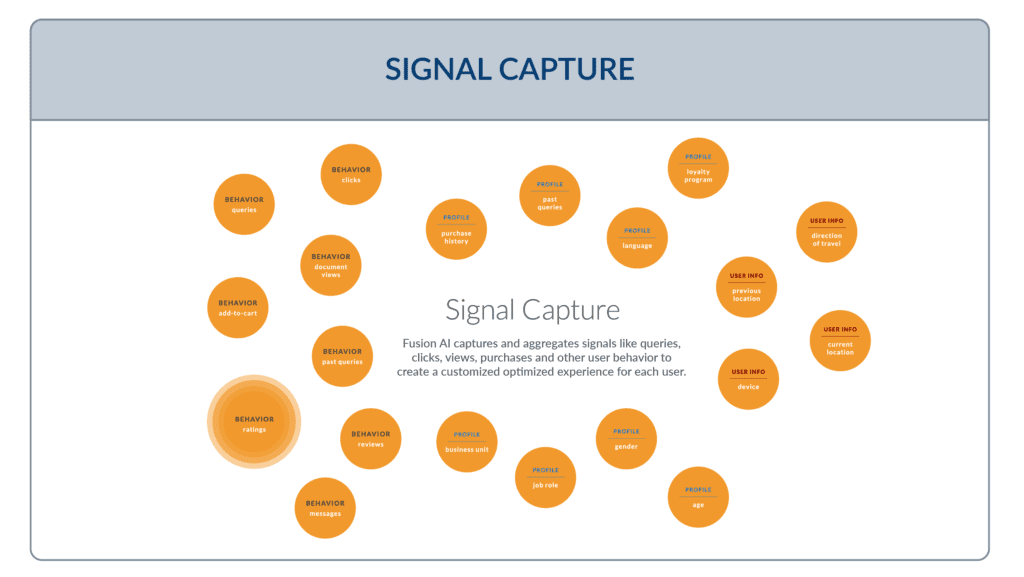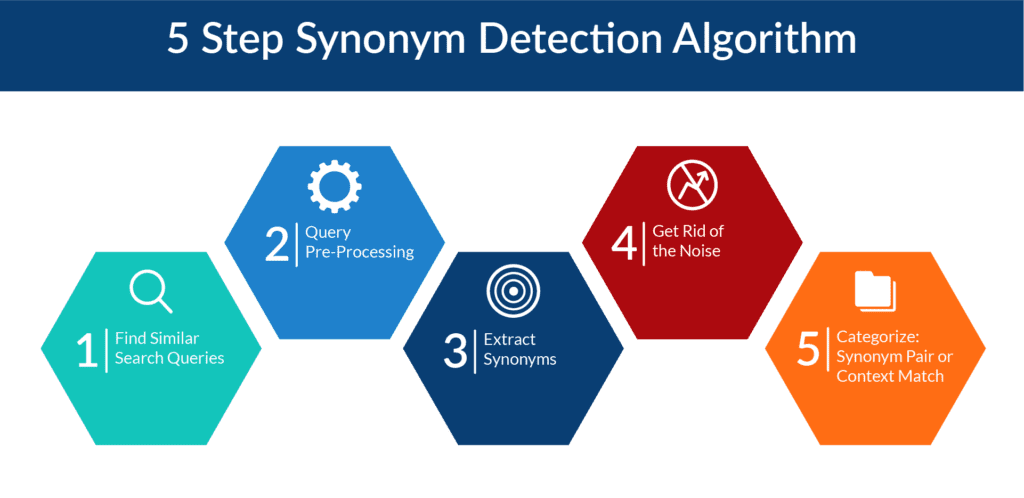13 Essential Features for a Powerful Ecommerce Search Platform
A baker's dozen of top features for an ecommerce search platform including personalization, machine learning, and multivariate testing.

So far we’ve looked at the impact of terrible search results and a terrible customer experience for ecommerce search, along with a path forward out of that mess. This week we’re looking at the top features you need for your next (or brand new) ecommerce search platform.
When you’re shopping around for a dedicated ecommerce search platform to expand your digital shopping experience – or replacing an outmoded search solution – there’s a whole raft of essential features and capabilities you need to make sure your new platform has.
Here’s a rundown of the top dozen:
Scalability is an obvious – but crucial – differentiator when choosing an ecommerce search solution. With the always unpredictable currents of social media and viral marketing, Black Friday can come any day these days and systems have to scale up and scale down as traffic, data, and content volume swings from one extreme to the other – all without a huge devops team and unneeded hardware.
Signal capture is the capture of user behavior data or “signals.” In most search applications, signals include events such as user queries, clicks, adds, purchases, and other similar clickstream data. However, in advanced uses, this may include user location, vector, altitude, or any number of event type data.

Machine learning powered recommendations aggregates user signals to create a personalized shopping experience for each shopper for each visit. Ideally ML models can be imported and exported by your data scientists for the best optimization.
Business rules management is still important for manually adding, removing, and editing business rules including boost, block, bury functions using a simple dashboard and interface for making changes, previewing them, and committing them to production. With a drag-and-drop interface and dashboards for understanding product relevancy and shopper behavior, merchandisers can respond to changing tastes and language in real-time, without relying on IT.
Named entity recognition (NER) uses natural language processing (NLP) to recognize brand names, model numbers, prices, color, size, fabric, styles, and other nouns and adjectives in a product catalog data set.
Synonym detection and misspelling correction that goes beyond simple word lists and uses machine learning and language analysis to suggest synonyms and misspellings on the fly. A smart system will suggest possible synonym combinations to admins so they can continuously update and understand what shoppers are looking for.

Autocomplete/typeahead is a standard feature every consumer expects every time they type in a search box. A rich autocomplete capability extends this to provide instant result sets (products or categories) that can include attributes such as links, prices, and thumbnail images. Further, auto-classification is a more advanced form of typeahead. For example, when a user types “speaker,” then “audio electronics” is automatically selected as a category.
Faceted navigation and range filtering adds checkboxes, sliders, and other UI elements for filtering and limiting a search by criteria germane to the products (size, color, shipping options, price range). This is especially useful for limiting a search to a category or department.
Zero results management to fix queries that don’t return results so shoppers don’t experience a dead end and leave the online store.
Clustering and classification are machine learning techniques that allow data or queries to be grouped or labeled automatically.
Head/tail analysis is a machine learning technique that identifies and rewrites underperforming queries to be more like similar, well-performing queries.
A/B testing and experiment management so admins can tell whether changes to search results rankings are working as expected. Especially with personalization, recommendations, or other AI techniques, it is important to determine whether the changes actually improved click-through rates, purchases, or any specified measure of success.
And it’s a baker’s dozen so we’re adding a 13th feature just to be lucky:
Omnichannel integration enables the search experience to connect and reflect data from retail websites, mobile apps, loyalty programs, and store visits, so retailers have greater visibility across all channels, allowing them to provide services like personalized offers and in-store pickup at the closest location all to create one unified customer experience.
LEARN MORE
Contact us today to learn how Lucidworks can help your team create powerful search and discovery applications for your customers and employees.